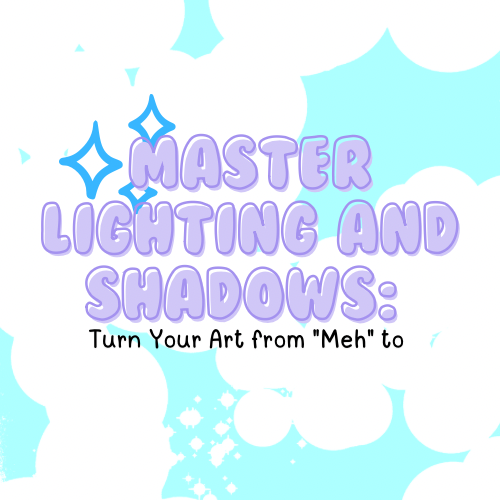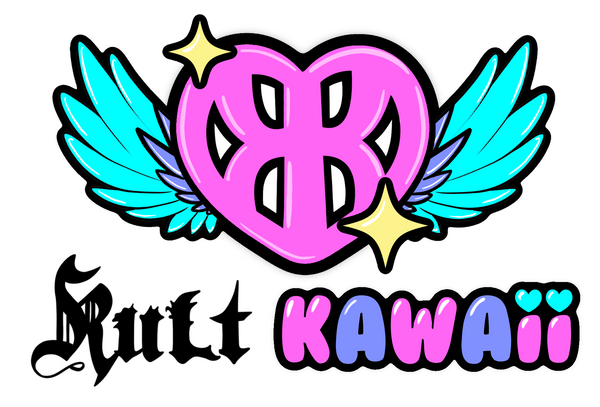
Master Lighting and Shadows: Turn Your Art from "Meh" to "MAGIC!
Imagine your artwork as a blockbuster movie—lighting and shadows are the directors, setting the mood, drama, and suspense! These two elements aren’t just technical details; they’re your secret weapons to transform flat sketches into jaw-dropping masterpieces. Think of light as the drama queen stealing the spotlight, while shadows play the mysterious sidekick adding depth and intrigue. Together, they’ll make your art pop, sizzle, and leave viewers whispering, “How did they DO that?!”
Let’s start with lighting—the ultimate mood-setter. Ever noticed how a cozy café feels warm under golden hues, or how a sci-fi lab chills with cool blue tones? That’s color temperature at work! Warm yellows and oranges scream “snuggle up!” while icy blues whisper “danger ahead.” But lighting isn’t just about color—it’s about angle too. Front lighting keeps things friendly (perfect for cheerful portraits), side lighting carves out texture (hello, rugged landscapes!), and backlighting? That’s your ticket to dramatic silhouettes (mysterious figures, anyone?). And don’t forget reflections! Glossy surfaces like water or a villain’s shiny boots love to toss back specular highlights, while matte textures like skin or paper keep it soft with diffuse glows.
Now, meet shadows—the unsung heroes of storytelling. They’re not just “dark blobs”! Hard shadows(think midday sun) slice through scenes with crisp edges, perfect for suspenseful moments. Soft shadows (like cloudy skies) blur gently, ideal for dreamy vibes. But here’s the kicker: shadows aren’t black. Cool blues and purples work wonders for outdoor scenes, while warm browns and reds add romance to candlelit dinners. And always map where shadows fall—form shadows cling to objects, while cast shadows stretch across floors, whispering secrets about light’s direction.
Ready to practice? Grab an apple (or your coffee mug—no judgment!) and shine a lamp on it. Watch how light dances on curves and hides in crevices. Sketch what you see! Then, challenge yourself: draw a simple cube under morning light (soft and warm), noon light (harsh and cool), and spooky backlight (silhouette city!). Avoid common oopsies like “flat art syndrome” (add shadows, stat!) or shadow chaos (keep directions consistent, unless you’re painting a black hole!).
Feeling stuck? Steal like an artist! Study Caravaggio’s chiaroscuro drama, Studio Ghibli’s dreamy glows, or your Instagram crush’s lighting tricks. Finally, put your skills to work: revamp an old piece with new lighting (tag #LightingGlowUp!), stick to one light source in your next project, and snag our FREE “Light & Shadow Cheat Sheet” for quick reference.
Now go make your art shine—literally! 💡✨
